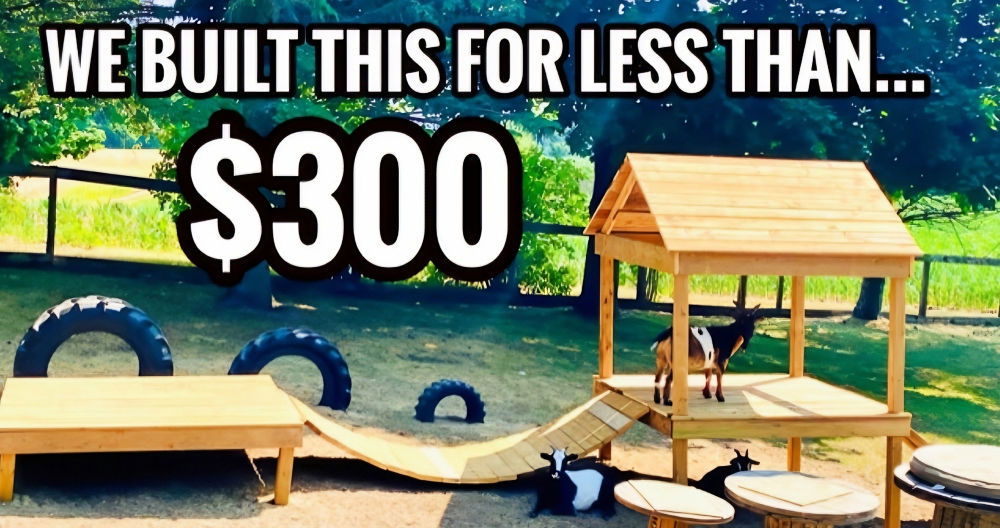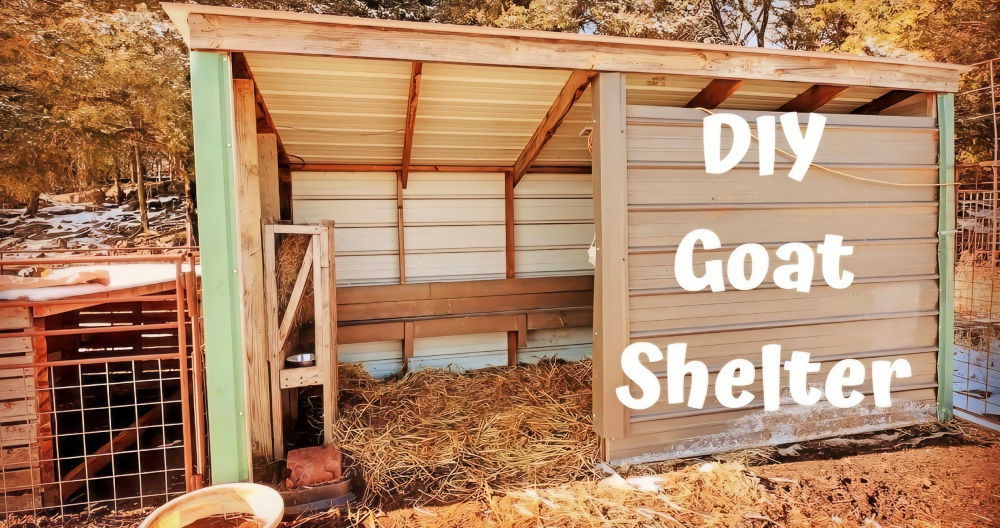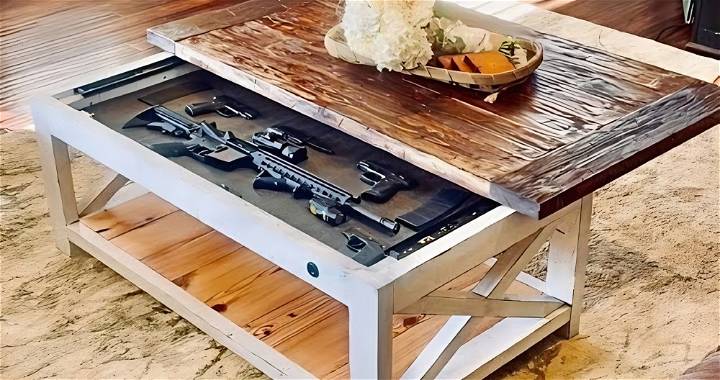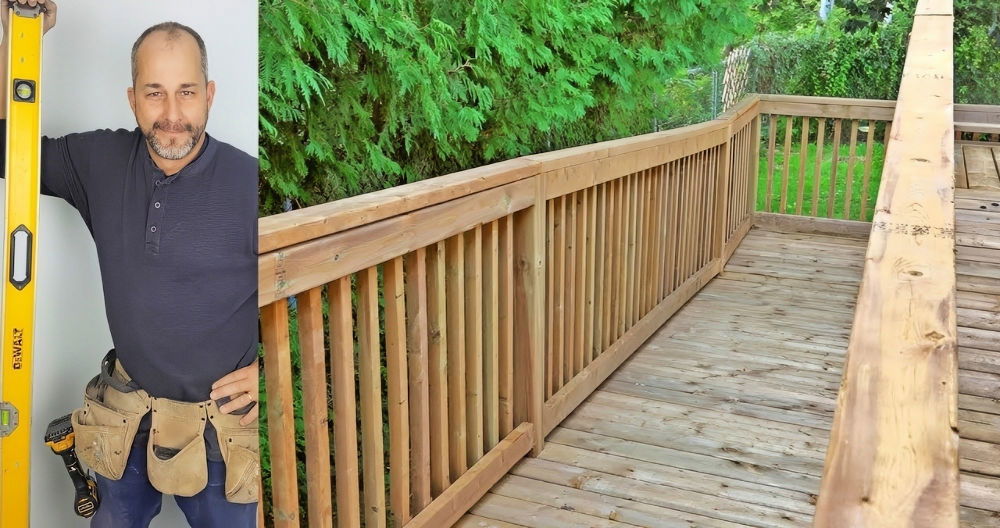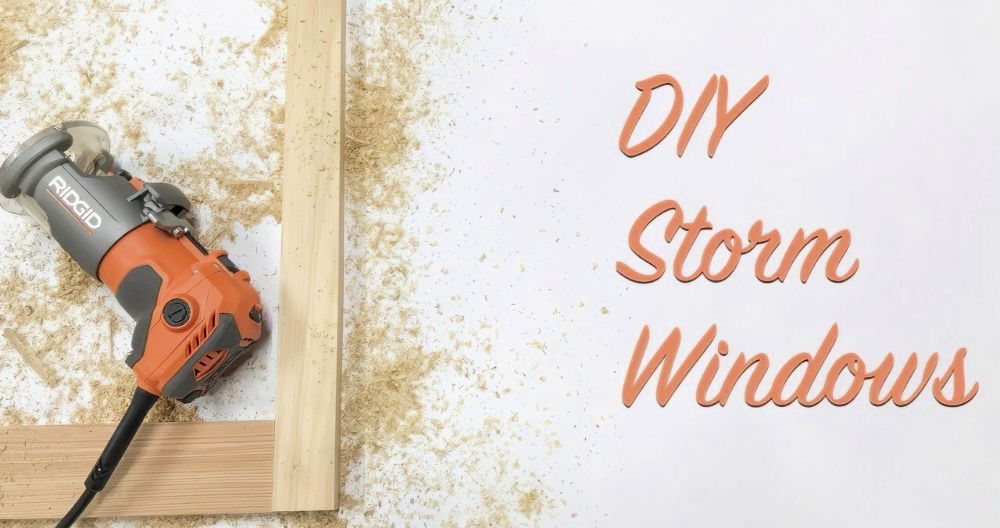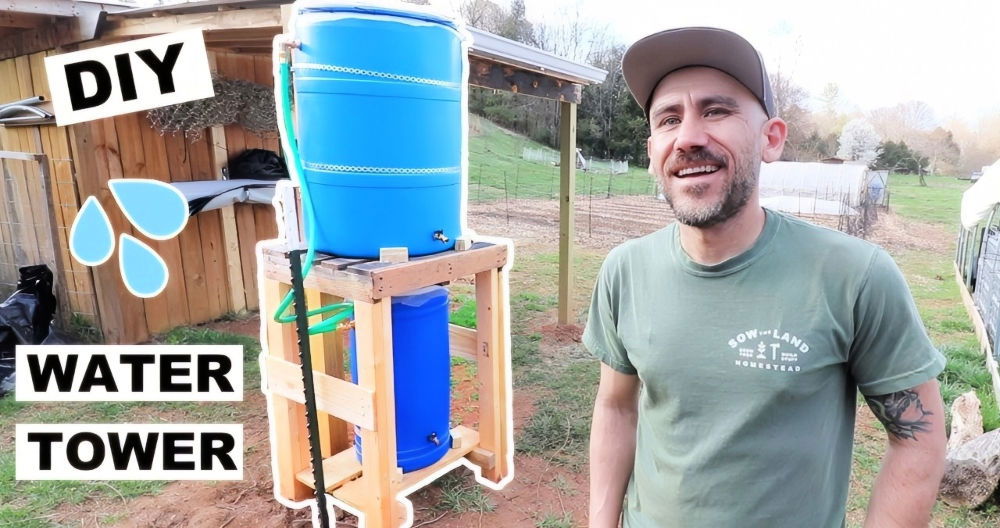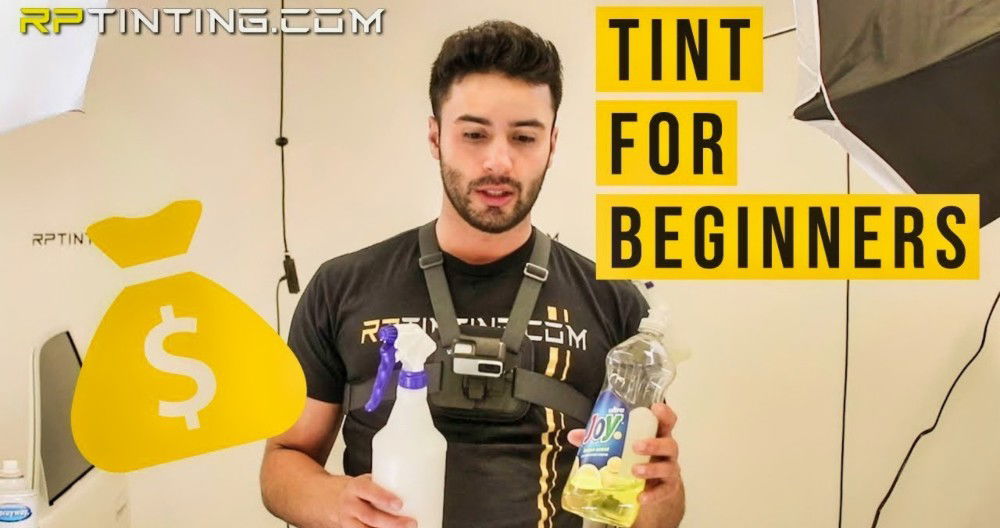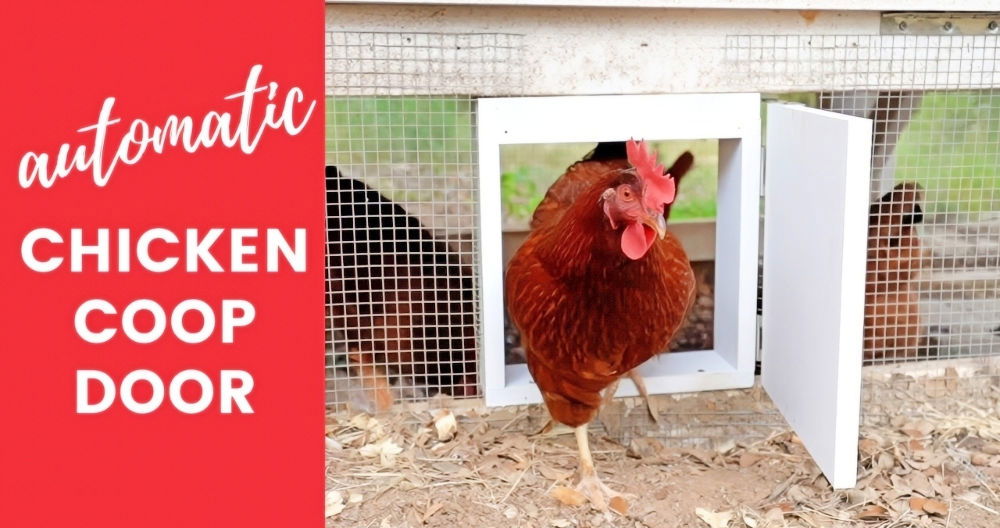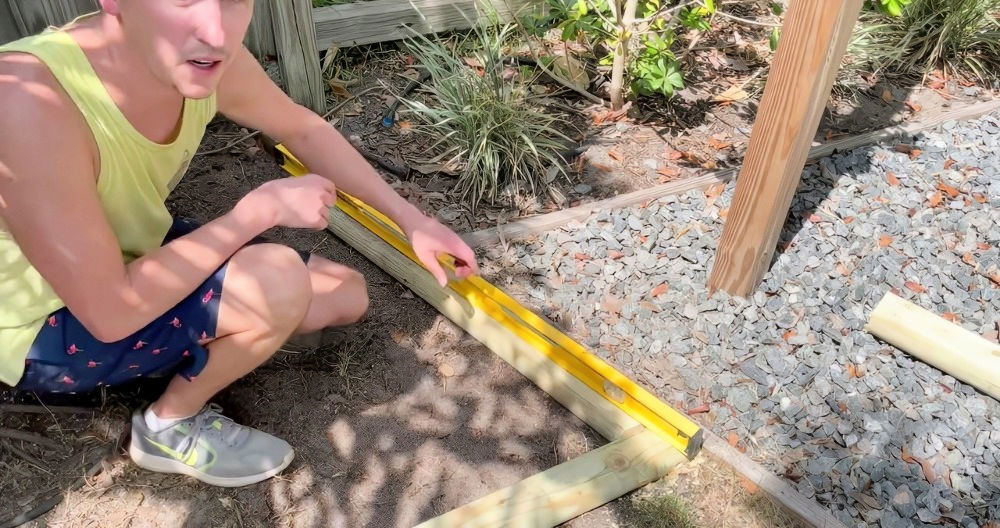Building a DIY goat pen can be a straightforward and rewarding project, whether you're starting a small homestead or expanding your livestock facilities. With input from experienced homesteaders, this guide provides a detailed approach to building a practical and secure goat pen.
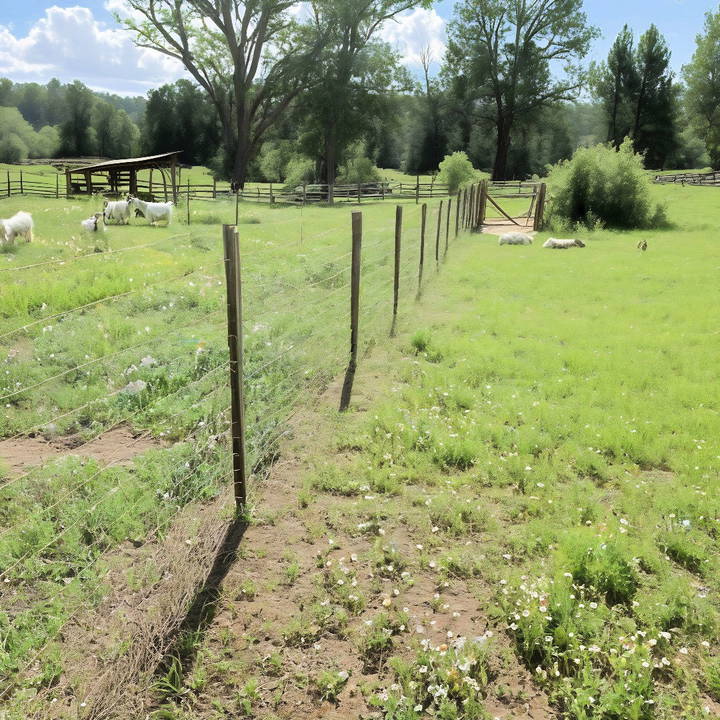
Why Build a Goat Pen?
Goats are playful, curious animals that need a secure space for their safety and health. A well-designed pen:
- Keeps goats protected from predators.
- Ensures they stay within designated areas, preventing property damage.
- Provides a controlled environment for feeding, sorting, and health checks.
- Enhances their quality of life with designated space for movement and rest.
Key Features of A Good Goat Pen
- Durable Materials: Use sturdy fencing like welded wire or woven wire to withstand wear and tear.
- Secure Gates: Include gates wide enough to accommodate equipment like trailers or tractors.
- Adequate Space: Each goat should have at least 10–15 square feet of indoor space and 200–250 square feet of outdoor roaming space.
- Shelter: Protect goats from harsh weather with a small shed or roofed area.
- Ease of Access: Design the pen for convenient feeding, cleaning, and health checks.
Materials and Tools You'll Need
Learn about the essential materials and tools needed for building a DIY goat pen. get expert tips to build a safe and sturdy pen for your goats.
Materials:
- Fencing: Welded wire, woven wire, or livestock panels.
- Posts: T-posts and corner posts (wood or metal).
- Gates: Choose gates of 8 to 14 feet for easy equipment access.
- Railroad Ties: For anchoring posts and adding stability.
- Hardware: Hinges, latches, and fasteners.
- Shelter Supplies: Corrugated metal sheets, wood planks, or a prefabricated shed.
Tools:
- Post driver
- Hammer or mallet
- Wire cutters
- Measuring tape
- Tractor (optional, for heavy lifting)
- Level
- Tensioning tools (for wire)
Step by Step Instructions
Learn how to build a DIY goat pen with step-by-step instructions, including layout planning, shelter setup, and maintenance tips for happy goats.
1. Plan Your Layout
Start by identifying the best location for your goat pen. Choose a level area with good drainage to prevent water accumulation. Incorporate existing fencing or natural barriers to save on materials.
- Design Considerations: Incorporate space for a future corral or sorting area.
- Include a gate large enough for trailers or tractors (14 feet works well).
- Use an existing fence as one side of the pen if possible.
2. Install Fence Posts
Fence posts form the backbone of your goat pen. Follow these steps for a sturdy foundation:
- Mark the corners of your pen using stakes and string.
- Drive corner posts deep into the ground (at least 2–3 feet for stability).
- Install T-posts every 8–10 feet along the perimeter.
- Attach the posts to the string to ensure alignment.
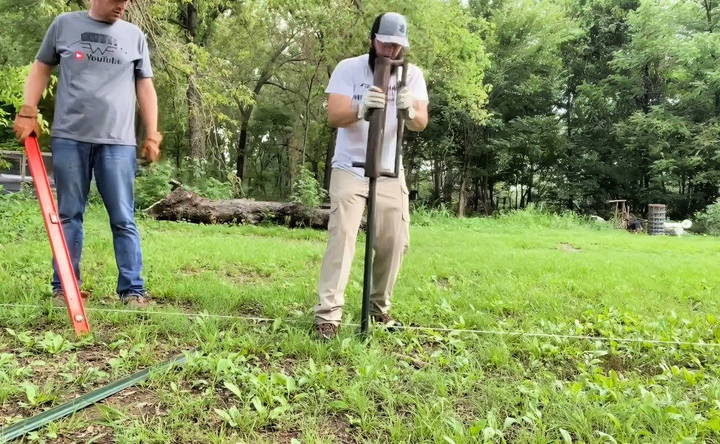
Pro Tip: Use railroad ties at corner posts for extra stability.
3. Attach Fencing Material
Secure the fencing material to the posts, ensuring it is taut and free of gaps.
- Start at a corner post and work your way around.
- Use tensioning tools to pull the fencing tight before securing it.
- Attach the fencing using clips, staples, or ties, depending on the material.
Tip: Goats are notorious escape artists. Ensure there are no loose edges or openings they can exploit.
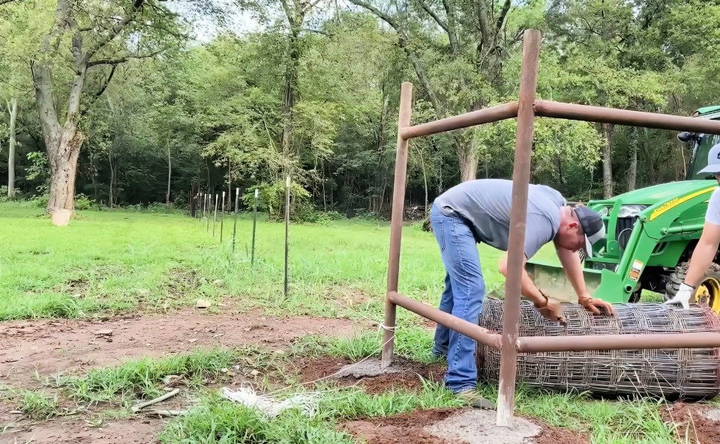
4. Install Gates
Proper gates are crucial for easy access and functionality.
- Choose a 14-foot gate for large equipment access and an 8-foot gate for regular use.
- Attach hinges securely to corner posts.
- Ensure gates swing freely and include secure latches.
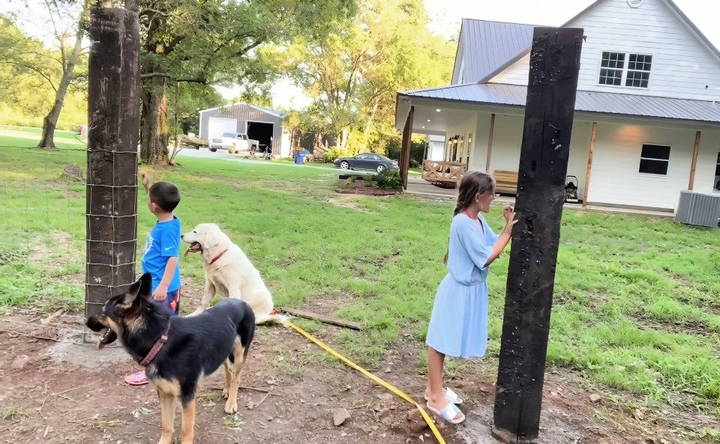
5. Add Shelter
Goats need protection from rain, wind, and sun. Build or place a small shelter within the pen.
- Use corrugated metal, wood, or prefabricated materials to construct a roofed area.
- Ensure proper ventilation while keeping the shelter dry and warm.
6. Incorporate Functional Features
To make your goat pen more efficient and manageable:
- Add a corral or sorting area for health checks and separating goats.
- Build a feeding station to minimize feed waste and mess.
- Include a water trough or bucket in a shaded area to keep it cool.
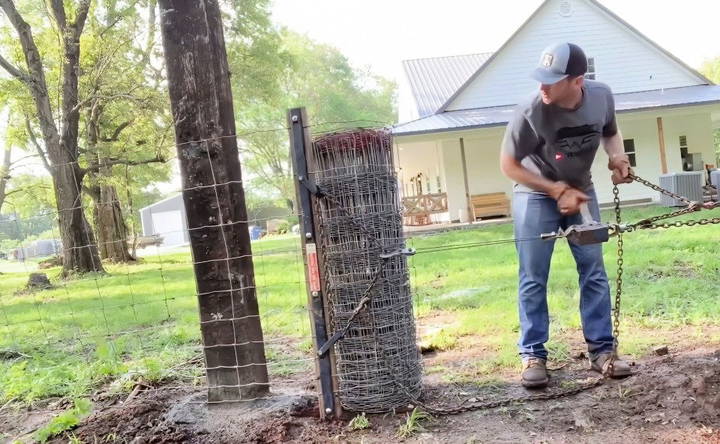
Tips for Success
- Work with a Friend: Building a goat pen can be labor-intensive. Having a helping hand makes the process faster and more enjoyable.
- Check for Level Ground: Ensure all posts are level to maintain tension in the fence.
- Use Existing Resources: Leverage natural barriers, existing fences, or nearby trees to reduce costs.
- Plan for Expansion: Leave space to expand the pen or add more features as your herd grows.
- Test for Security: Once the pen is built, walk around it to check for weak spots or gaps.
Maintenance and Upkeep
A goat pen requires regular checks to stay functional and secure:
- Inspect Fencing: Check for wear, loose wires, or broken posts every month.
- Clean Shelter: Remove old bedding and replace it with fresh materials weekly.
- Gate Maintenance: Ensure hinges and latches are in good working condition.
- Address Ground Issues: Fill in holes or depressions goats might dig to escape.
Bringing the Goats Home
Once your pen is complete, it's time to introduce your goats. Here's how:
- Inspect the Pen: Ensure all elements are secure and ready.
- Guide Them In: Gently guide the goats into the pen, allowing them to explore.
- Monitor Behavior: Watch how they interact with the fence and gates to ensure no weak points are exploited.
Conclusion:
Building a goat pen is an essential step for any homesteader or livestock owner. By following this guide, you'll build a secure and functional space that meets the needs of your goats and simplifies your farm management. With proper planning, quality materials, and a bit of teamwork, you'll have a pen that lasts for years to come.
Remember, a well-built pen is an investment in your goats' well-being and your peace of mind. Happy building!
FAQs About Building a Goat Pen
Find answers to common questions about building a goat pen. get expert tips and advice for making a safe, functional space for your goats.
Welded or woven wire fencing works well for goat pens due to its strength and resistance to wear. Ensure the fence is at least 4 feet tall to prevent goats from jumping over. For added security, use livestock panels in high-traffic areas.
Use a fence puller or stretcher to pull the wire fencing tight before attaching it to posts. This ensures the fence remains taut and prevents goats from squeezing through gaps.
For a 4-foot-tall fence, use T-posts that are at least 6 feet tall. This allows for proper anchoring in the ground, ensuring stability.
Wrap the trunks with chicken wire to prevent goats from eating the bark, which can kill the trees. This is a simple and effective way to safeguard your trees.
Include a 14-foot gate for trailer and equipment access and an 8-foot gate for everyday use. This setup offers versatility for different tasks.
Yes, but it requires extra care. Use adjustable fencing materials and stagger posts to accommodate the slope. Alternatively, build smaller fenced sections for secure containment.
Inspect the pen for any weak points or hazards before introducing the goats. Guide them in gently and observe their behavior to ensure they are comfortable and secure.
Inspect fencing monthly for wear, clean the shelter weekly, and regularly check gate hinges and latches for proper functioning. Fill any holes dug by goats to prevent escape routes.
Essential tools include a post driver, hammer, wire cutters, and a fence puller. A level and measuring tape are also helpful for precise setup.
If you lack a fence puller, you can use a makeshift tool by bolting the wire to a sturdy wooden plank and manually applying tension. However, purchasing or borrowing a proper tool is recommended for ease and efficiency.


